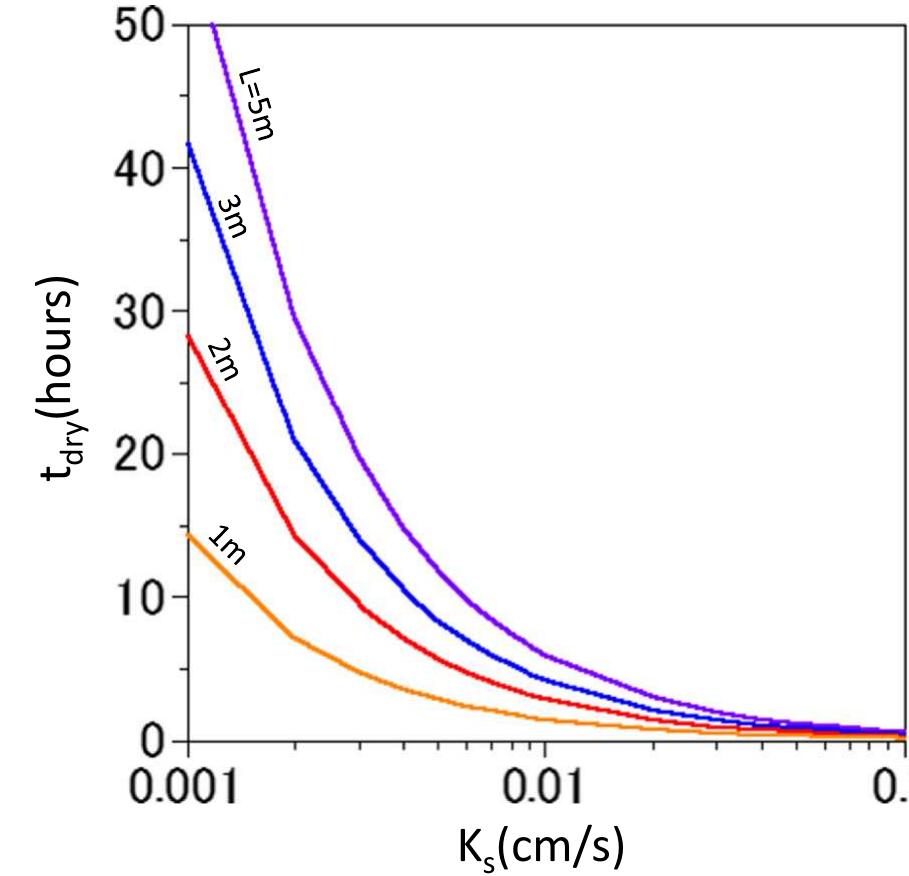Key research themes
1. How do salt-storage asphalt mixtures influence pavement mechanical performance and snow/ice mitigation?
This theme investigates the development, performance, and limitations of salt-storage asphalt mixtures designed to actively mitigate snow and ice on roads. Research focuses on the mechanical, thermal, and durability aspects of asphalt mixtures incorporating snow-melting salts, examining the effects on mixture stability, moisture resistance, and long-term pavement functionality. Understanding these aspects is critical to advancing winter road safety technologies without compromising pavement integrity.
2. What are the environmental impacts and pollutant dynamics associated with road salt application in urban and natural ecosystems?
This theme synthesizes research on the environmental fate, pollution dynamics, and ecological consequences of road salt usage, particularly sodium chloride, as a deicing agent. It includes investigations on salt contamination of surface water, groundwater, soils, and vegetation near roadways and urban greenspaces, as well as the mobilization of associated heavy metals and organic pollutants from snowpacks. This research is vital for informing environmentally sustainable road maintenance practices and ecological conservation strategies.
3. How does salinity from road salts affect the hydro-mechanical behavior of unsaturated and collapsible soils relevant to pavement subgrades?
This research theme focuses on the geotechnical impacts of road salt infiltration on unsaturated collapsible soils underlying transportation infrastructures. Investigations cover alterations in soil microstructure, suction parameters, strength, stiffness, and volumetric behavior under saline conditions using laboratory experiments and constitutive modeling. Findings inform pavement subgrade design and stabilization strategies in regions where road salt application interacts with vulnerable soil types, with implications for long-term structural integrity.






















